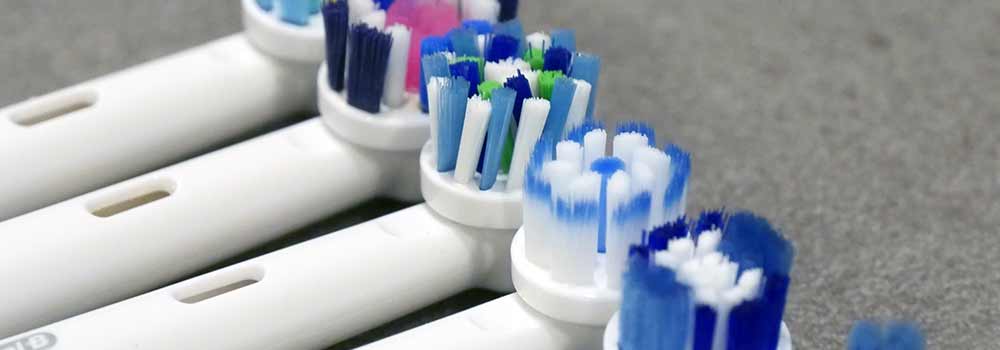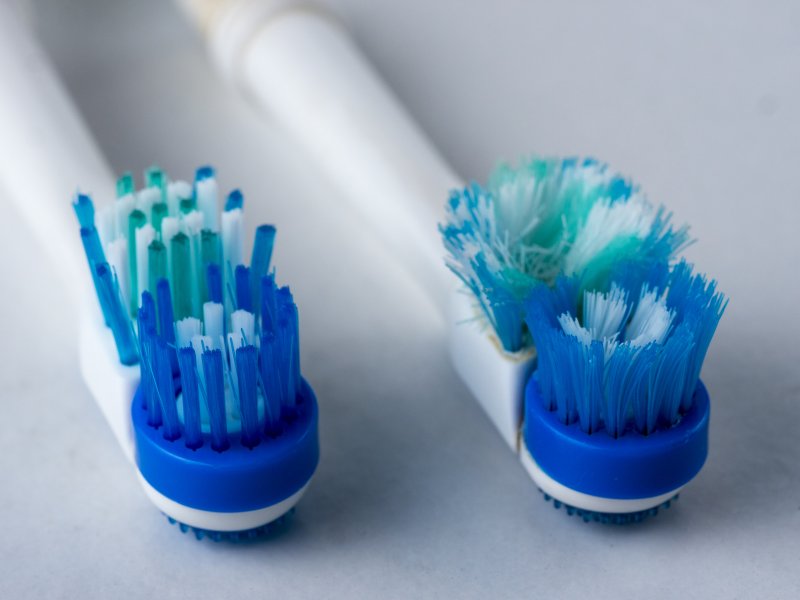how often to replace electric toothbrush
Proper oral hygiene is essential for maintaining a healthy smile and preventing various dental problems. One key aspect of oral hygiene is regularly replacing your toothbrush or brush head, depending on the type of toothbrush you use. Today, we will discuss how often you should replace your brush head and toothbrush to ensure optimal oral health.
Replacing Your Brush Head

For those who use electric toothbrushes, the brush head should be replaced regularly to maintain its effectiveness. According to Electric Teeth, a reliable source for dental tips and advice, brush heads should typically be replaced every three to four months.
Over time, the bristles on your toothbrush head can become worn out and less effective at removing plaque and debris from your teeth and gums. By replacing the brush head every three to four months, you will ensure that you are consistently using a fresh and effective tool for maintaining your oral health.
However, it is important to note that this recommendation may vary depending on factors such as how vigorously you brush, the condition of your teeth, and your overall oral hygiene routine. Staying mindful of these factors and regularly assessing the condition of your brush head will help you determine if replacement is needed sooner.
Signs That It's Time to Change Your Toothbrush

While the previous information mainly applies to electric toothbrush users, it is equally important for manual toothbrush users to understand when to replace their toothbrush. The American Dental Association (ADA) suggests replacing your manual toothbrush every three to four months, just like an electric brush head.
However, even if you are within this time frame, there are certain signs that indicate it's time for a new toothbrush. These signs include:
- Frayed or bent bristles that no longer form a straight line.
- Discolored or worn-out bristles.
- Sickness or infection: If you have been sick or suffered an oral infection, it is essential to replace your toothbrush immediately to prevent reinfection.
If you notice any of these signs, do not hesitate to replace your toothbrush or brush head. Using a worn-out brush head or toothbrush can be ineffective in removing plaque and can even cause harm to your gums or tooth enamel.
The Importance of Regular Brush Head Replacement
Now that we have discussed the recommended timeline for brush head replacement, let's delve into the reasons behind this important practice.
First and foremost, regular brush head replacement ensures that you are effectively removing plaque from your teeth. Plaque is a sticky film that contains harmful bacteria and can lead to tooth decay and gum disease if not adequately removed. Over time, the bristles on your brush head become less effective in reaching and removing plaque from all areas of your teeth.
By replacing your brush head every three to four months, you maintain optimal plaque-removing capability, reducing the risk of developing dental problems. With a fresh brush head, you can reach those hard-to-reach areas and ensure a thorough cleaning each time you brush.
Moreover, brush head replacement can also help improve your overall oral health by preventing the buildup of bacteria. Over time, bacteria can accumulate on your toothbrush or brush head, especially in a moist bathroom environment. By regularly swapping out your brush head, you limit the exposure to potentially harmful bacteria, reducing the risk of infection or reinfection.
Additionally, using a new brush head can also provide a better brushing experience. Worn-out bristles can be harsh on your gums and cause gum sensitivity or damage to the tooth enamel. A fresh brush head, on the other hand, ensures gentle yet effective cleaning, promoting gum health and maintaining the integrity of your tooth enamel.
Conclusion
In conclusion, regular brush head replacement is an essential component of proper oral hygiene. Electric toothbrush users should aim to replace their brush heads every three to four months, while manual toothbrush users should follow the same timeline for replacing their toothbrushes. Monitoring the condition of your brush head or toothbrush and being mindful of factors such as brushing technique and oral health can help determine if replacement is needed sooner.
Remember, replacing your brush head or toothbrush ensures optimal plaque removal, prevents the buildup of harmful bacteria, and maintains the health of your gums and tooth enamel. By making this simple habit a part of your oral hygiene routine, you are taking an important step toward achieving a healthy and beautiful smile.


Post a Comment for "how often to replace electric toothbrush"